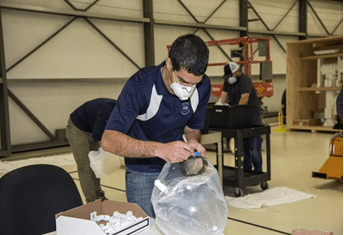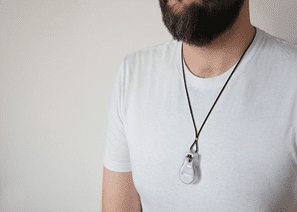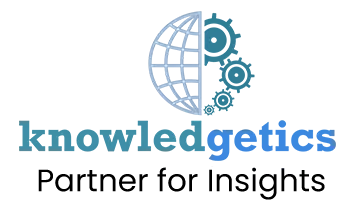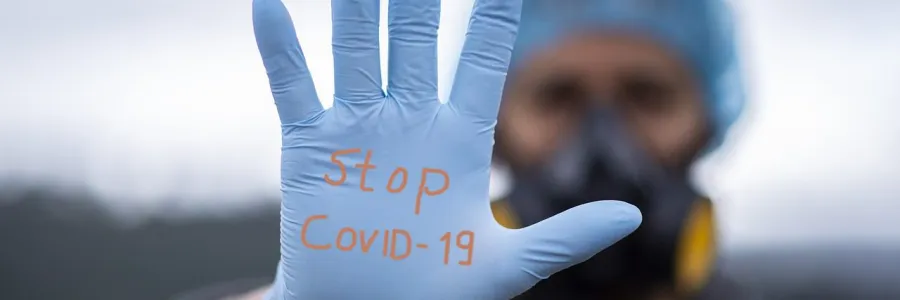COVID-19 has forever changed the notion of predictability and preparedness. With such unforeseen saga of health and humanitarian crisis, the pandemic is seen affecting every nation, all societies and people at large. Though some epidemiologists had sounded the warning bells a long time ago; however the fallout of the current pandemic was never anticipated in terms of such a huge loss that still continues to devastate nations across the globe.
Amidst the worrisome uptick in the pandemic, the only two respites that kept the hope alive were ‘Innovation and Evolution’. When humans are put to work together for the greater good of mankind, a ray of hope is reflected with the help of new innovations that can be seen happening at many fronts to save lives. Here we talk about some of the unique innovations that will help us to evolve and combat current crisis.
Let’s begin with the Japanese start-up ‘Donut Robotics’ who recently unveiled the concept of smart face masks and called it ‘C-FACE’.

This new mask has the ability to connect with smartphones and allows user to make calls remotely, without the need to speak directly with their mobiles. C-FACE can also perform tasks such as sending text messages via speech, so that you can now chat without the need of typing on your smartphone. It can be worn over any other fabric mask and can even help to amplify voices. This mask can translate Japanese language into 8 other languages (English, Chinese, French, Korean, Thai, Bahasa, Spanish and Vietnamese) and in near future will evolve to other language translations too. The C-FACE costs 3,980 Japanese yen (around $37 USD) along with a monthly fee that is charged for the added translation function. Around 5,000 C-masks are being shipped to Japanese buyers, followed by more in numbers in US, China, and Europe.
Another problem that has been solved by Swiss Federal Institute of Technology Lausanne (EPFL) in partnership with Swiss Materials Lab EMPA is related to something that we call ‘HelloMasks’ – a transparent and biodegradable surgical mask. Certified in Europe, its unique patented technology combines transparency of material with ease of breath and protection from pathogens. This mask consists of fibers which are 100 nanometers apart and hence capable enough to filter out viruses and bacteria as well as large enough to breathe comfortably. In fact, the transparency feature helps to solve the empathy problem arising out of doctor-patient relationship where facial expressions and positive emotion plays a crucial role. The fear and disorientation of patients when confronted by medical practitioners wearing facemasks have been a debatable challenge since the onset of the pandemic. With the help of this mask the long-standing healthcare need to reduce the stress seems to resolve to a greater degree. Also, the community of specially-abled who lip-read can benefit from such innovation. This innovative product is in the production phase and sources reveal that it will hit the market soon.

Source: EMPA
Amidst the pandemic, an interesting solution has been found for troubled parents who are struggling hard to make their kids follow the protocols of washing hands during the crisis. A Japanese company named Shachihata has developed an animated stamp that needs to be simply dabbed over the palm of kids. Kids are then asked to wash their hands with the help of commercial soap until the imprint disappears. Children find it a fun game while rubbing their hands and the tedious task of following 20 second protocol of washing hands now is done with less trouble. A single stamp costs 550 Japanese Yen (5.05 USD) and can be applied for about 1000 times.

Source: Shachihata
While the above innovations are seen happening around, NASA too has come up with a helmet called ‘Aerospace Valley Positive Pressure Helmet’. For patients who are infected with coronavirus and have difficulties in breathing, this helmet functions like a continuous positive airway pressure (CPAP) machine. Air is forced to be blown into the hood through the inlet valve which forces oxygen into a patient’s low-functioning lungs. The outlet valve supports in removing the exhaled air.

Source: NASA
This helmet created by engineers at NASA was once developed as a prototype for astronauts and fits well forbidding any leakage. The helmet, after being successfully tested by the doctors at Antelope Valley Hospital, is into the production phase with 500 more hoods to be out in the month of May 2021 that will be delivered to FDA for an emergency use authorization.
As we believe that NASA is known for its widespread innovative discoveries; so keeping the faith alive it has added another product that has been developed at its Jet Propulsion Lab. It’s called the ‘PULSE vibrating necklace’.
Studies have revealed that people have a tendency to touch their face around 23 times per hour which has been significantly revealed during the pandemic causing chain of infection. PULSE vibrating necklace can now help prevent people from touching their face.

Source: NASA Jet Propulsion Laboratory
This 3-dimensional locket can detect if you raise your hand to touch your face and will vibrate if you do so thereby reminding the person to stop immediately. With the use of proximity sensors the vibrations get stronger the closer your hand is to your face. The official page of the PULSE pendant has made the technique of developing this device available for all individuals and other companies as NASA wants more companies and business to adapt this simple and affordable technology so that it can be replicated for the greater good.
These 5 COVID-combating innovations once again prove the power of global ingenuity. Such innovation is necessary in a crisis situation and is a reminder of the resiliency the world continues to deploy to fight this current pandemic.





